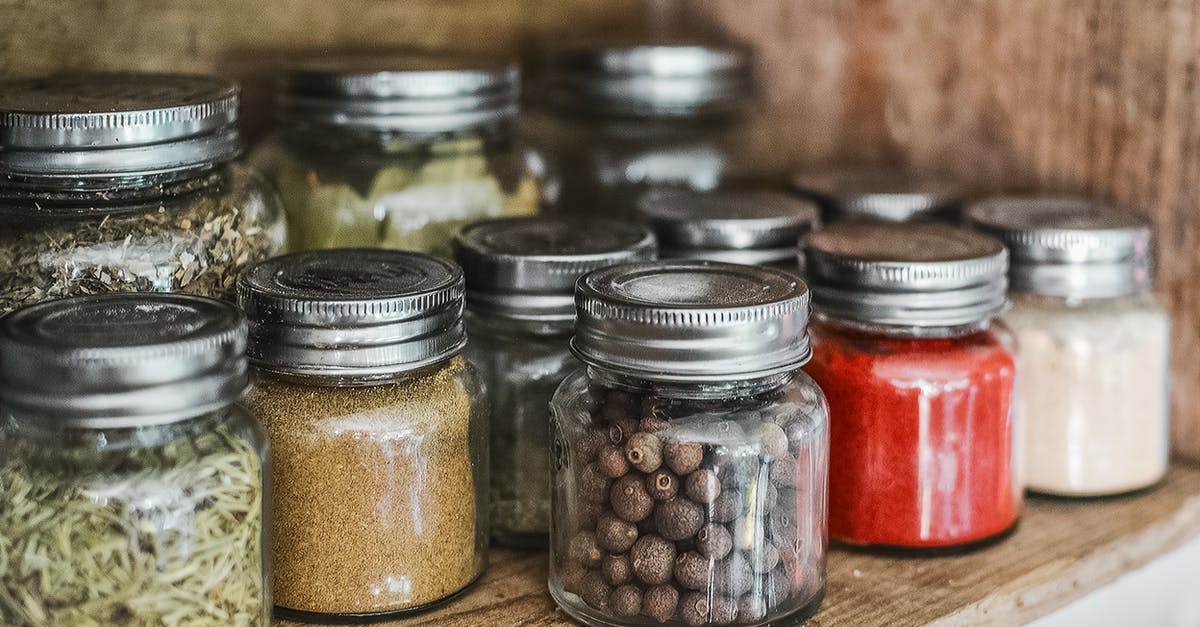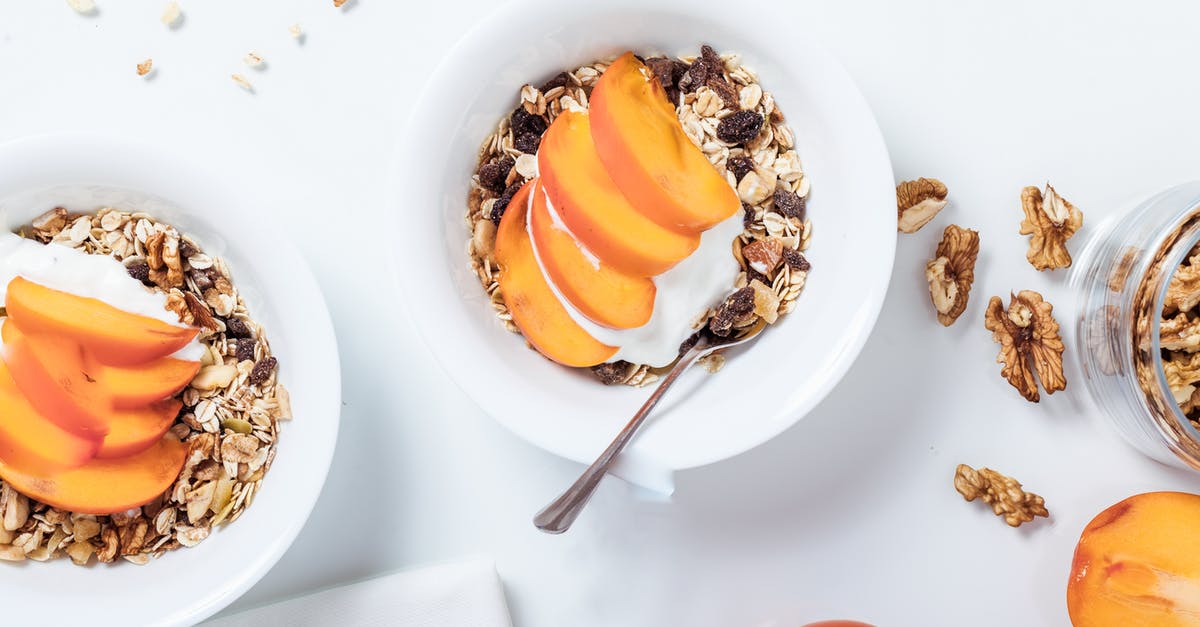How to dry homemade pork sausages with proper humidity and temperature?

I am new to this and am attempting to dry some pork sausages. I was told to add a quarter pound of salt for every ten pounds of pork meat, which I did (I used ordinary table salt). I have the sausages hanging in my storage cellar which now stands at 9° C and 48% humidity.
What temperature and humidity do I actually need? Is there a "magic number" to get the best results? And how can I add more humidity if needed?
Best Answer
I'm assuming you're wanting to make classic dried sausage such as the salamis and saucisson of Italy and France.
Common salt is certainly the key to the drying process and a quarter pound per 10 pounds of meat is a pretty commonly used ratio, but you must also use a curing salt which helps protect against some of the truly nasty food poisoning bugs such as Clostridium botulinum. This just loves the warm, oxygen-free centre of a curing sausage and produces the botulinum toxin which kills around 5% of people who contract the illness.
Sodium nitrite (often called pink salt) or sodium nitrate (Insta Cure #2 - which converts to nitrite over time in the sausage and the nitrite then does the actual curing) are two commonly available salts.
One-half ounce per 10 pounds of meat in addition to the regular salt is a commonly-used ratio. Don't use more and be sure to keep it away from kids and your regular salt - in quantity it is very dangerous.
Something else I always use in dried sausage (but not hams or bacon) is a live starter culture such as LS-25 or one of the various stains sold as Bactoferm. Added to your mix at two ounces per 10 pounds of meat with say three ounces of dextrose sugar and they will feed on the sugar and excrete lactic acid (just like the bacteria that you add to milk to make yogurt). This lowers the pH of the sausage which makes it even harder for dangerous bacteria to grow. It also produces that delicious acid tang to fermented sausage. If you use this, you hang the sausage in a really moist warm place for the first 24 hours to give the bacteria you added a head start (I have a tall old box with a lightbulb in the bottom).
As far as temperature and humidity goes, 60F and 70 percent humidity are ideal. Humidity below 60 percent can dry out the casing and meat surface too fast which can then harden and prevent the centre from drying (which will then just rot). You could try hanging the sausage above a bowl of water to increase the general humidity in the room.
Your sausage is ready when it has lost at least 30 percent of its original weight. Dry white mould on the casing is good, fuzzy black and green is bad. If you see a little you can rub it off with a cloth dipped in strong brine. Any sign that it is more than just on the surface and you'll have to bin the sausage and start again.
So to recap. Chill your 10 pounds of meat and mince it to your taste. (at least 20% fat gives good texture and flavour). Dissolve the LS25 in a little water and then add it, a quarter pound of salt, a half ounce of Insta Cure #2, up to a couple of ounces of spice of your choice (ground chilli and paprika for chorizo or fennel for something more Italian) a half ounce of finally chopped garlic, a glass of red wine and mix it really well. Then stuff into soaked casings, pricking out any air bubbles with a pin. Hang in a warm place for a day to get the good bacteria you added going, and then hang them in a cool, dampish place until the sausages have lost at least 30% of their weight.
I hope I haven't put you off - it's really as simple as baking a cake and homemade dried sausage is a tremendous thing of joy and beauty - but you really must get the ratios of salt and curing salt right.
If you want to be safe and make fabulous cured sausage I can absolutely recommend Cooking by Hand by Paul Bertolli and Charcuterie by Michael Ruhlman & Brian Polcyn which are both available in the US and Europe from Amazon.
But please don't eat your current batch. Throwing it away won't hurt like paralysis that starts with the face and slowly descends to the rest of the body, bringing death by respiratory failure...
Pictures about "How to dry homemade pork sausages with proper humidity and temperature?"



What temperature should it be to dry sausage?
During the drying process, it is ideal that the temperature stays around 60F (15.5C) and humidity stays around 70%. Humidity below 60% can cause the outer casing of the sausage to dry too fast and prevent the inside from drying.How do you dry homemade sausage?
Hang the sausage in a pantry or cupboard away from any drafts and direct light. Make sure the area is warm and has high humidity. The best temperature range for this would be between 80-90\xb0F. Now, if you don't have a dry curing chamber you can make one at home.How do you dry sausage safely?
After about three days, the bacteria will have consumed all the sugar in the sausage and the acidity will be at a stable level. At this point, the sausage is ready to dry. The temperature should be dropped to about 55\xb0 F and humidity dropped to around 80 to 85%.How to make ITALIAN DRIED SAUSAGE step by step
More answers regarding how to dry homemade pork sausages with proper humidity and temperature?
Answer 2
I could answer this with the usual "it depends on the sausages" kind of answer, but I think it's important to raise a red flag.
I would advise against trying to make dry sausages with a "seat of the pants" recipe and process. The chances of bacterial infection (botulism, most likely) and/or rot are very high if you don't do things right.
I would be extremely wary of home-made dried sausages that were not made with some kind of nitrite salt added (perhaps there's a safe/sterile commercial environment for this, but for home I'd say no). The standard one is "pink salt" which is sodium nitrite, and it's included as an anti-bacterial agent, making the drying/curing process a LOT safer.
I recommend getting a good book on home sausage making or charcuterie before you embark on this endeavor. My current favorite is Charcuterie by Michael Ruhlman, but there are tons of good books on Amazon, and maybe in your local library.
Answer 3
Always use nitrates! I would suggest reading Charcuterie: The Craft of Salting, Smoking, and Curing Michael Ruhlman.
Answer 4
I agree with 60% - 70% humidity. I've been curing/drying sausages now for about 10 years in my cold storage room under the front porch. I use 15 grams of curing salt per 1kg of ground pork (I do not use other salts) along with spices like black pepper, cayenne, paprika & fennel seeds. To regulate the humidity I will slightly open the small window in there (1-2mm gap) for less humidity, to increase I will shut completely & add a bowl of water if necessary.
Sources: Stack Exchange - This article follows the attribution requirements of Stack Exchange and is licensed under CC BY-SA 3.0.
Images: Edwin Jaulani, Pixabay, Alexander Mils, Pixabay
